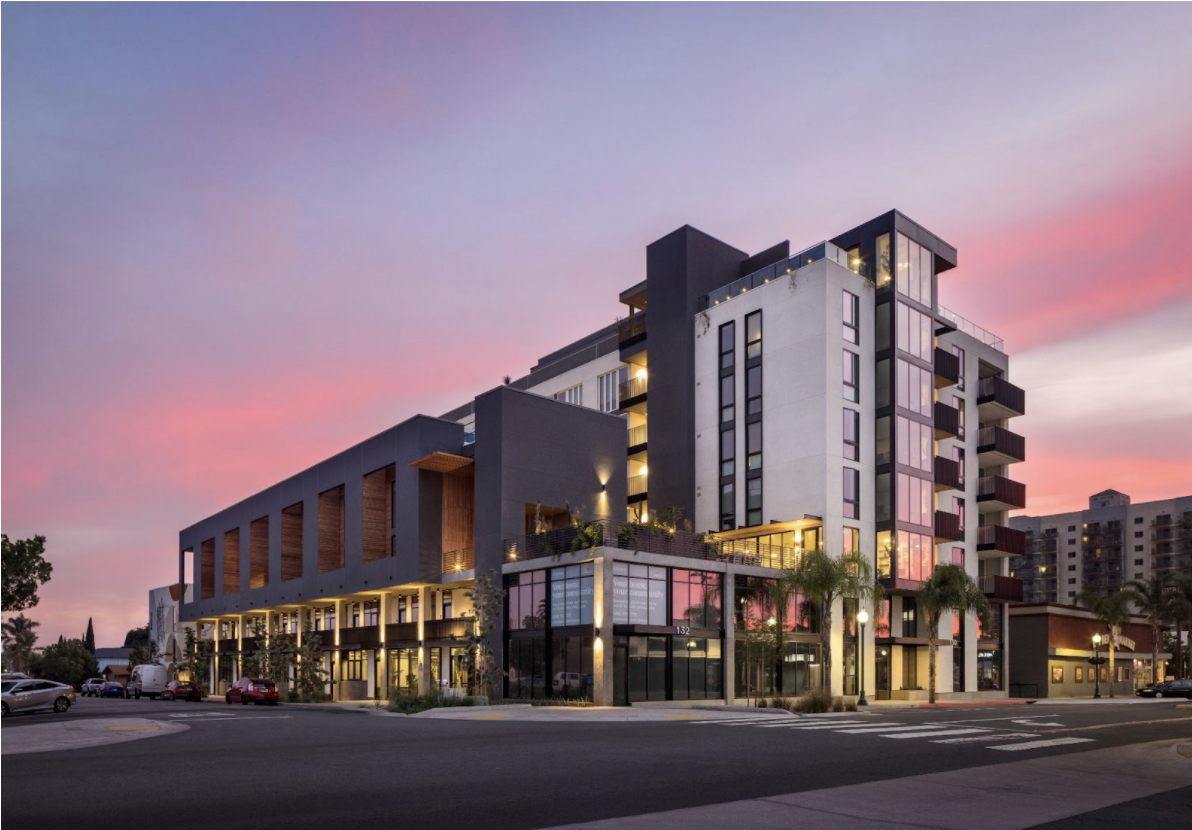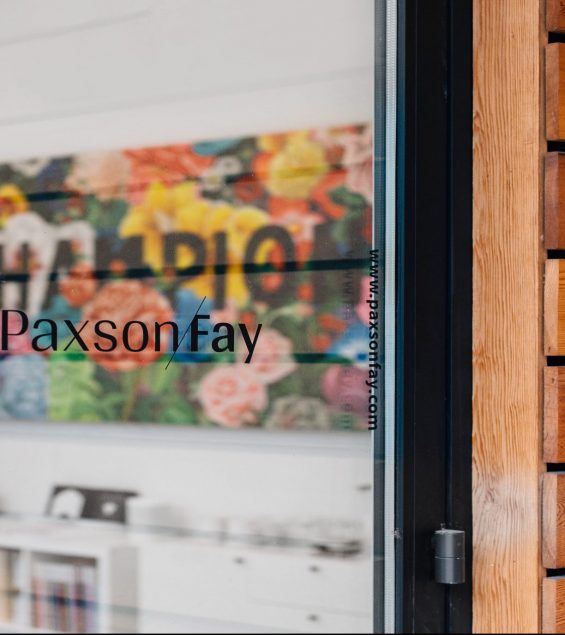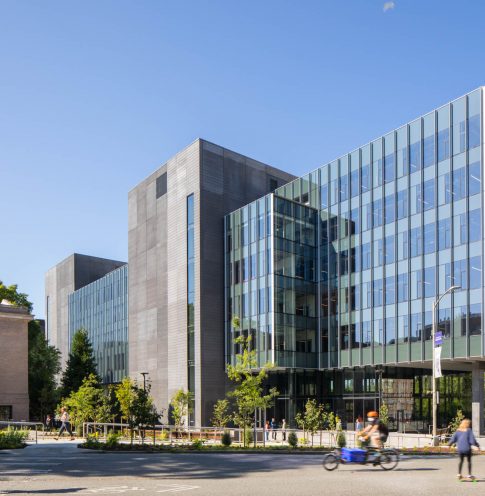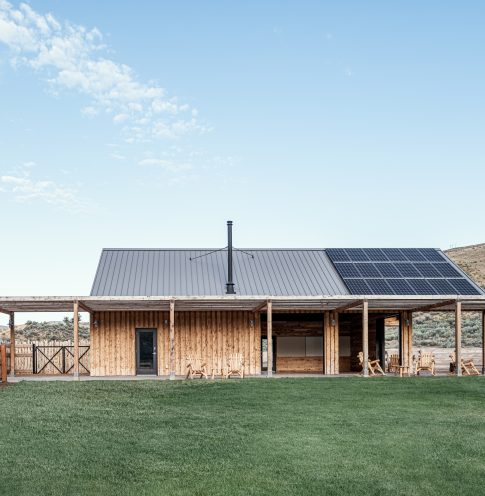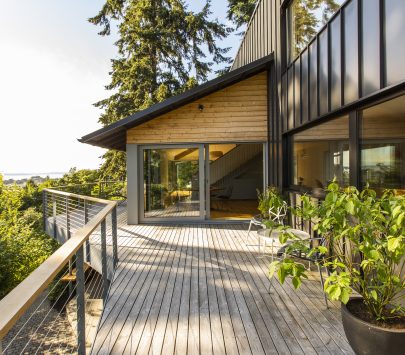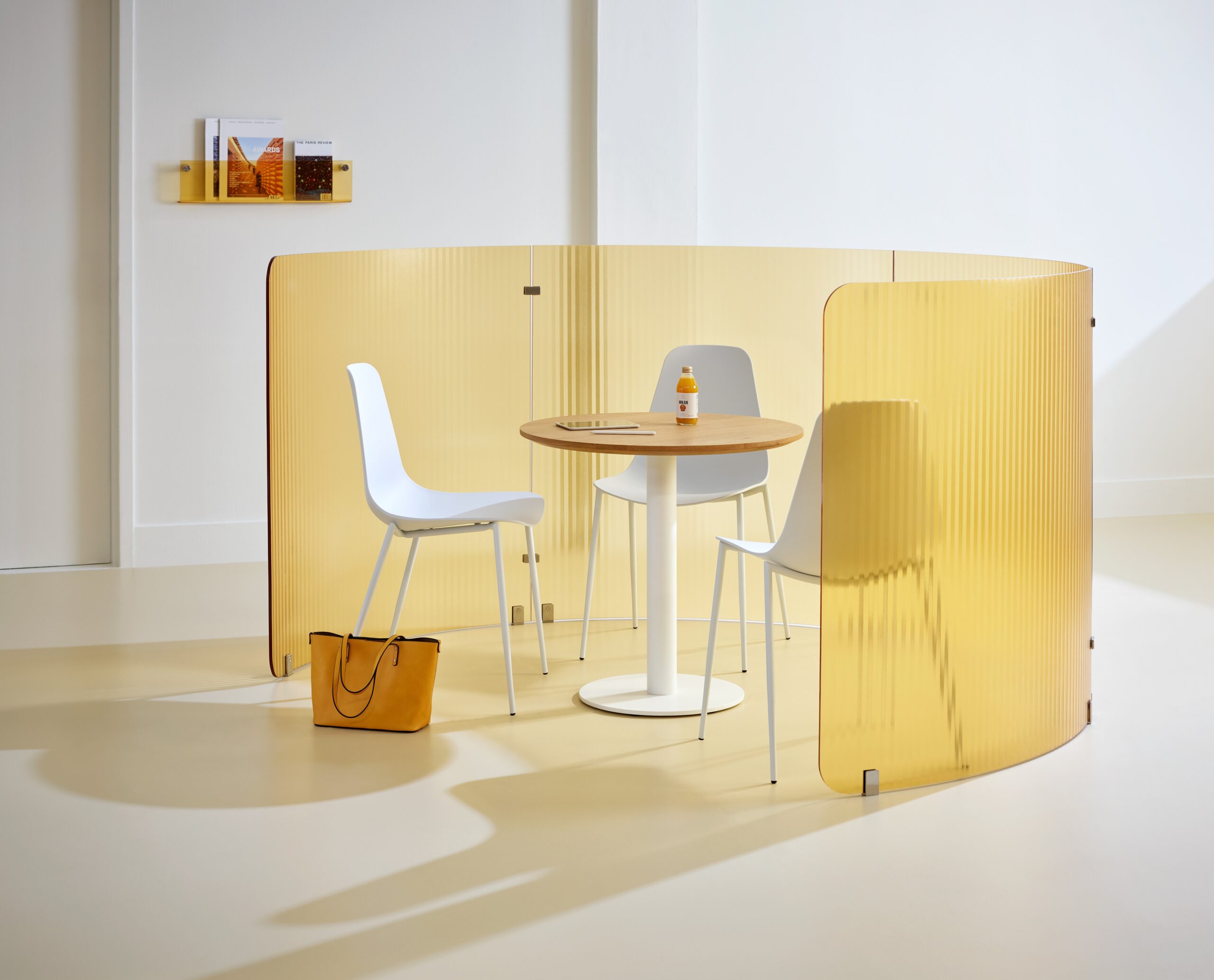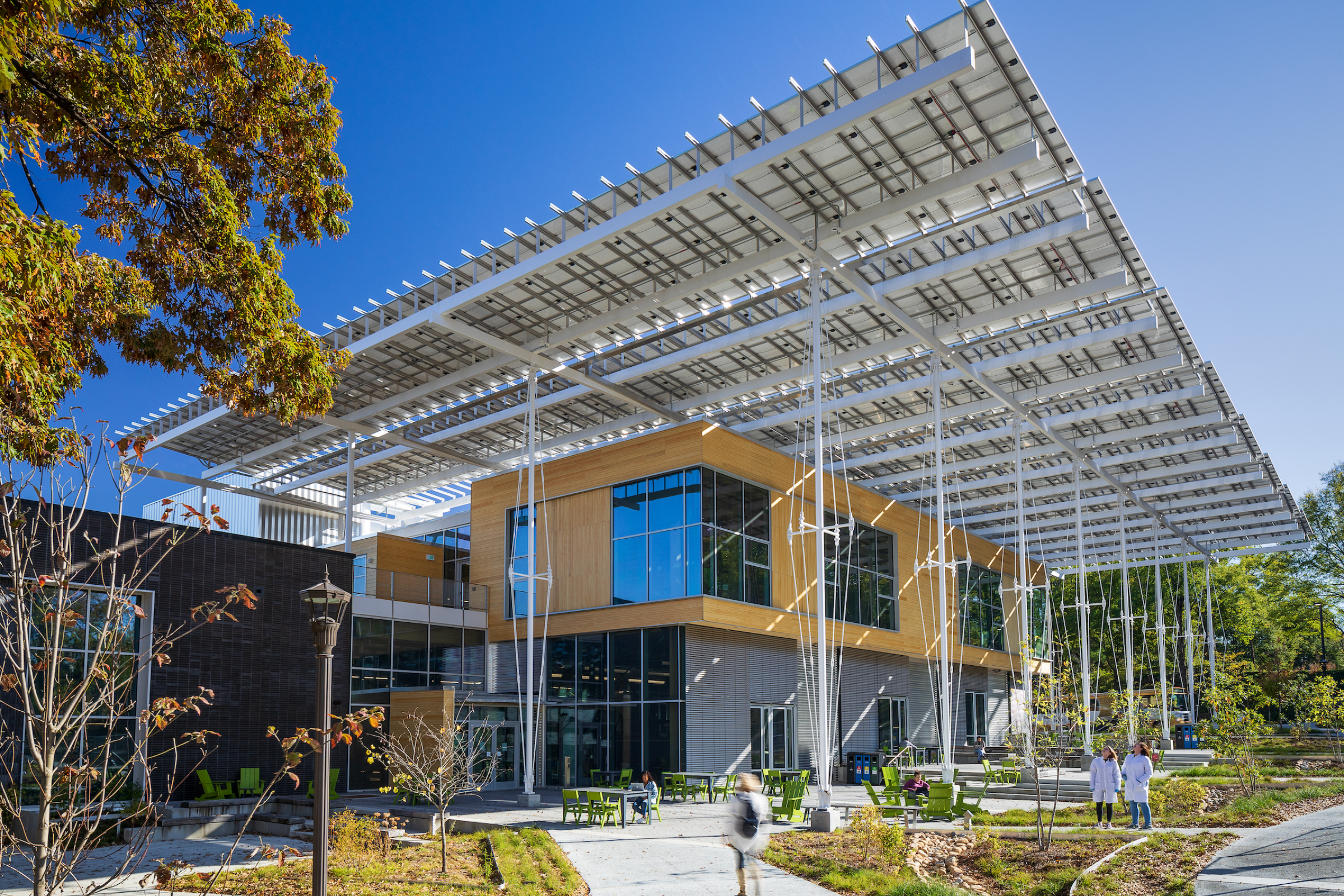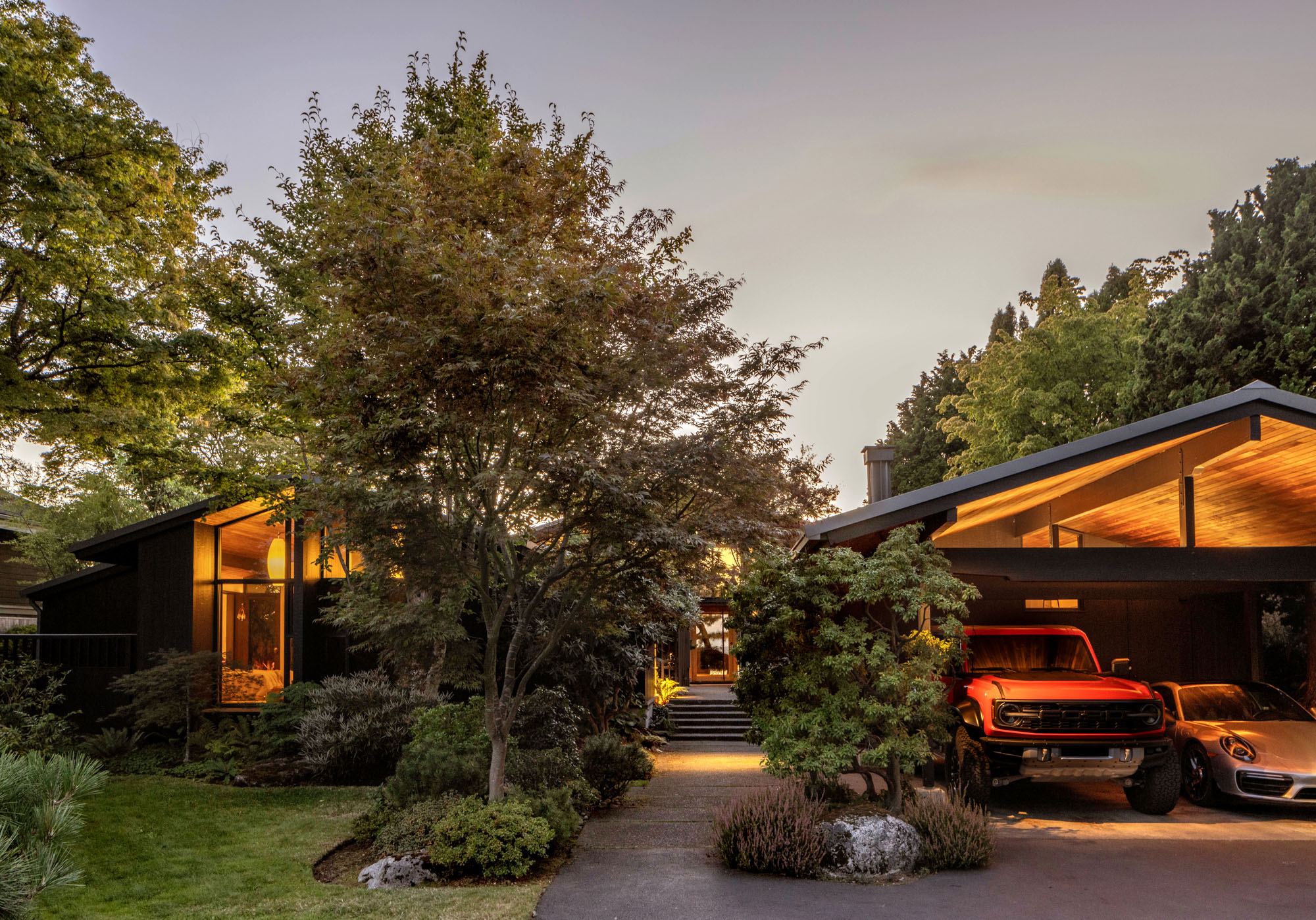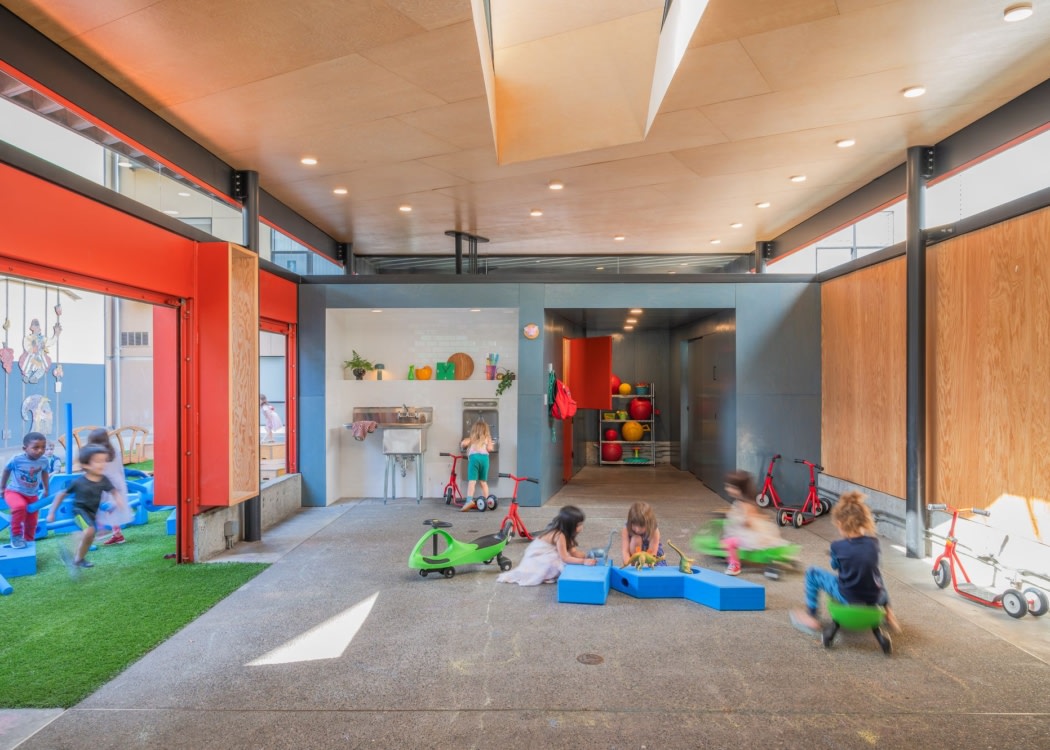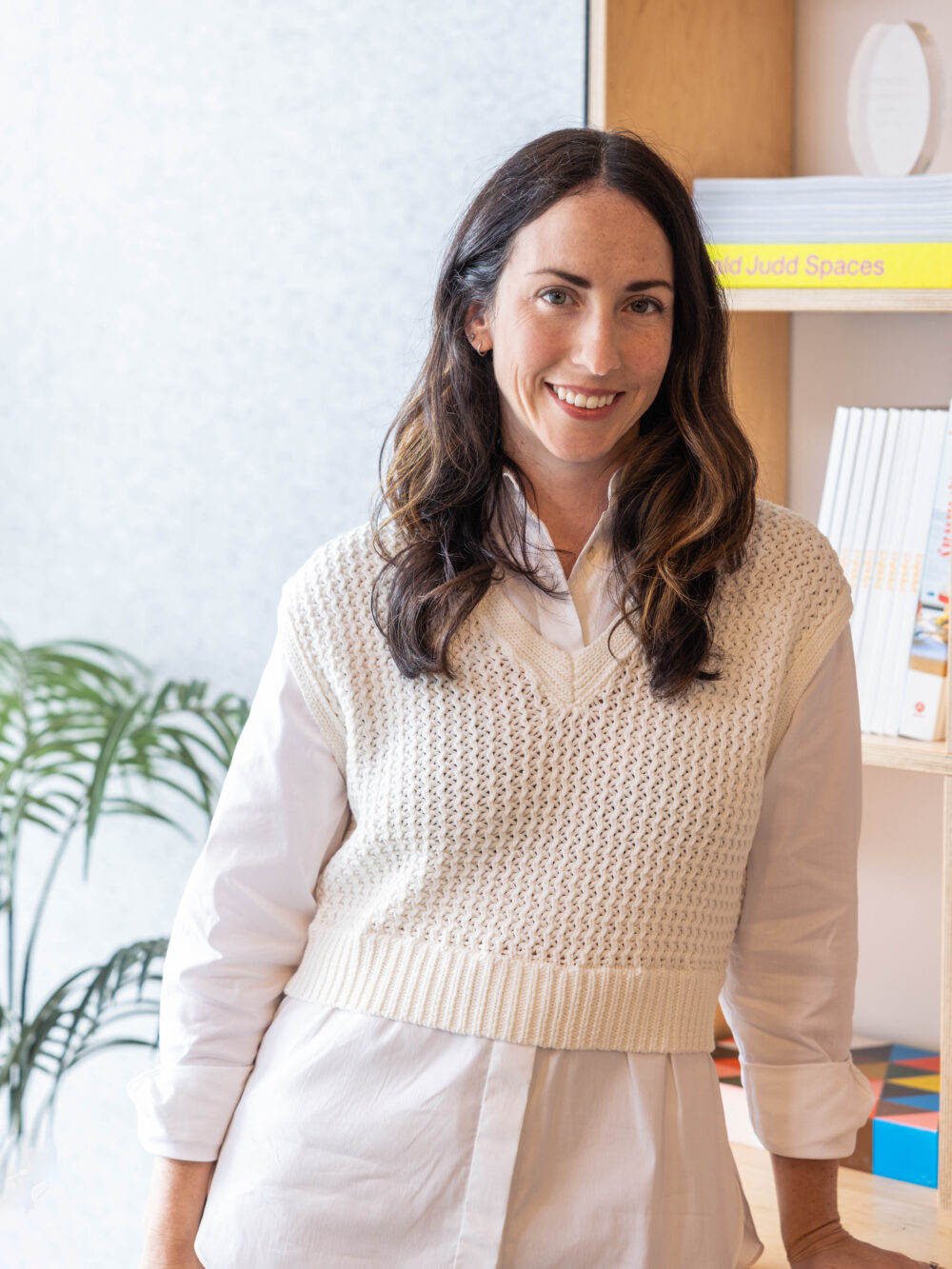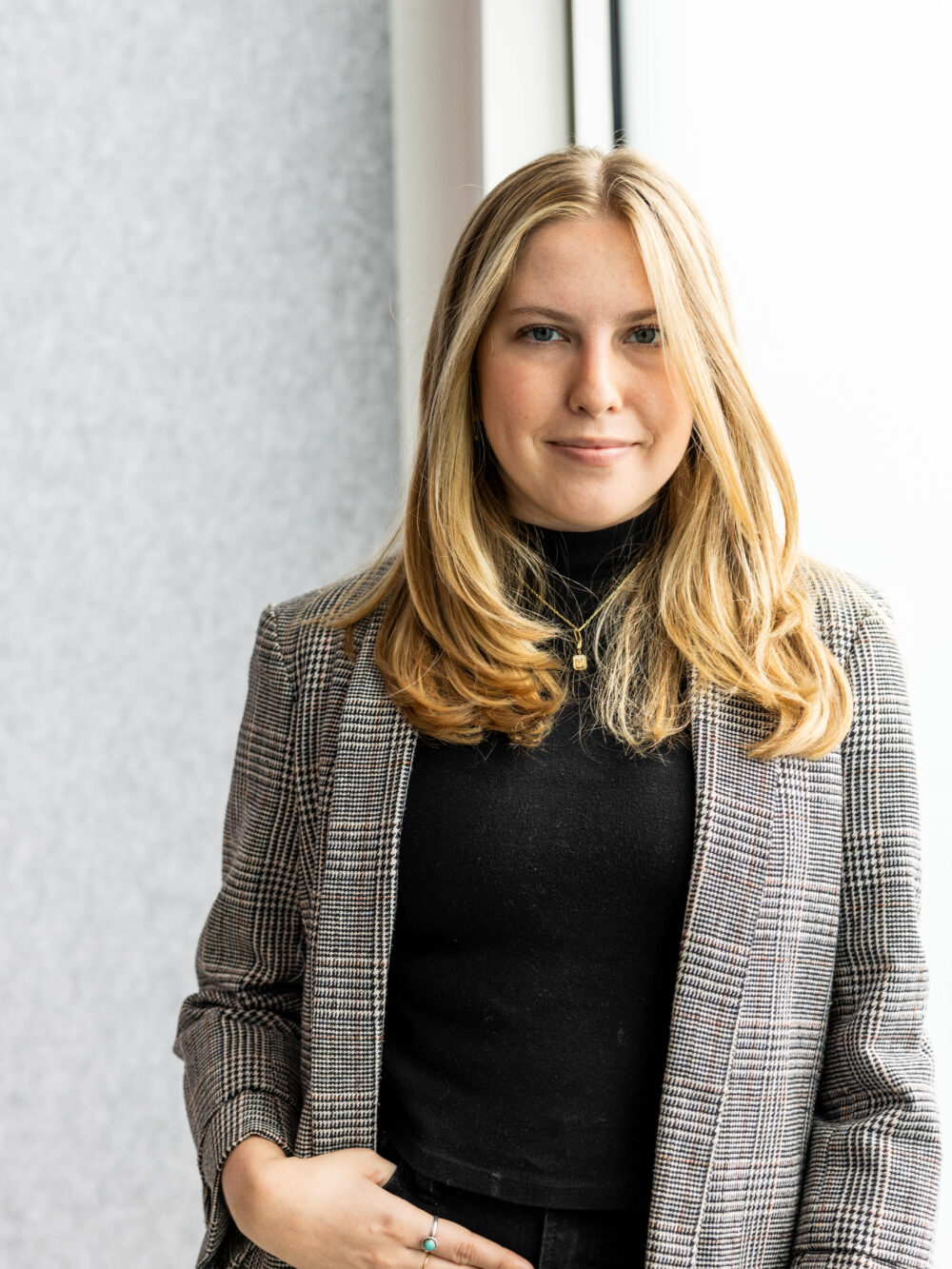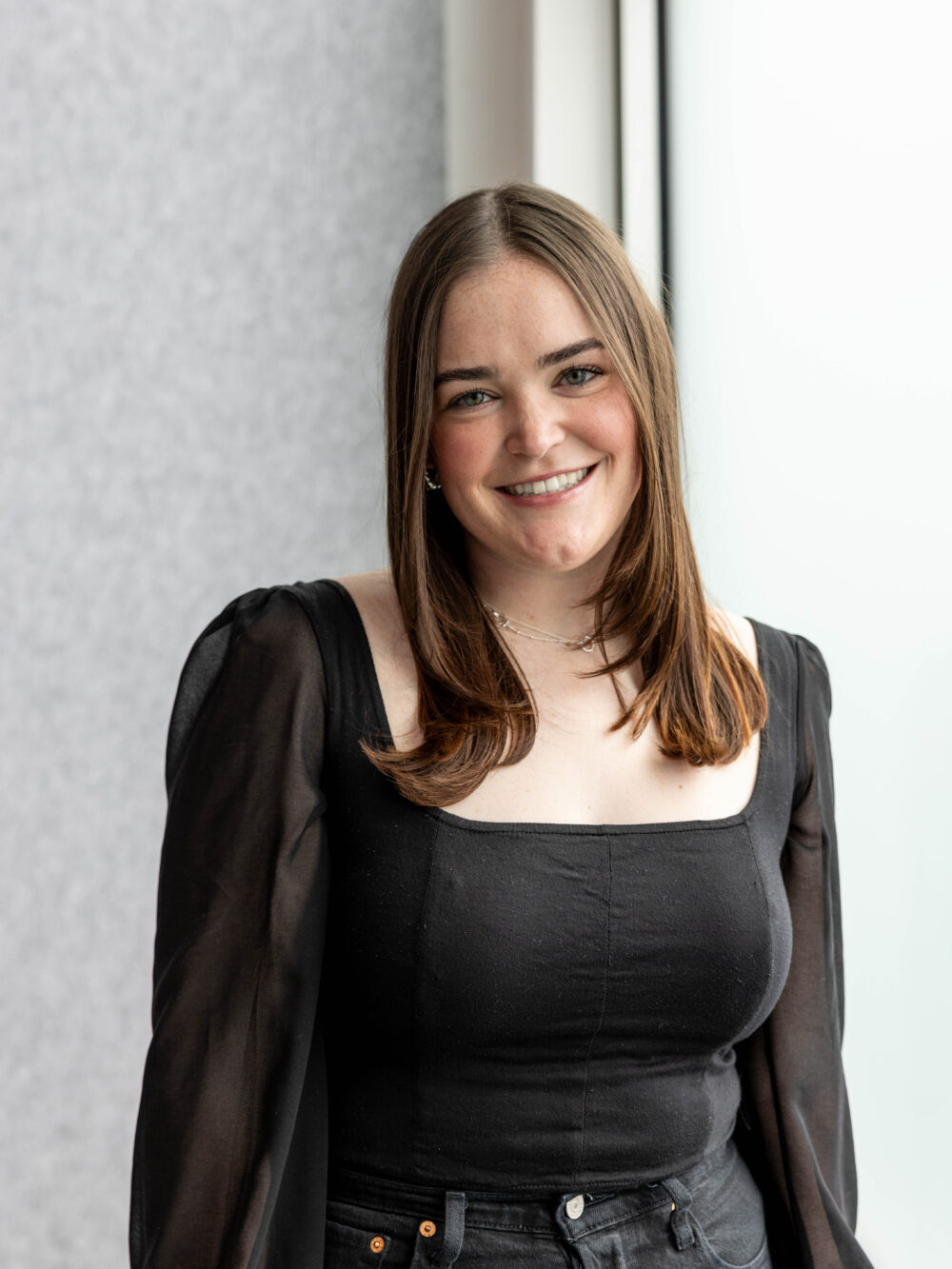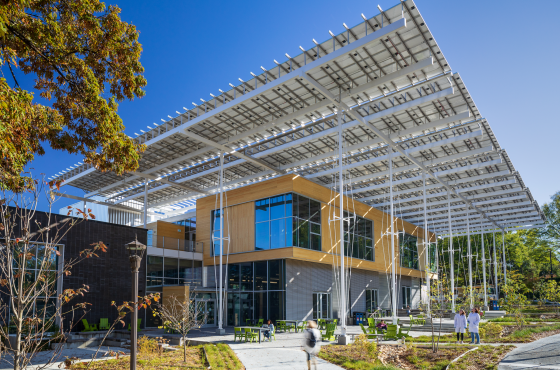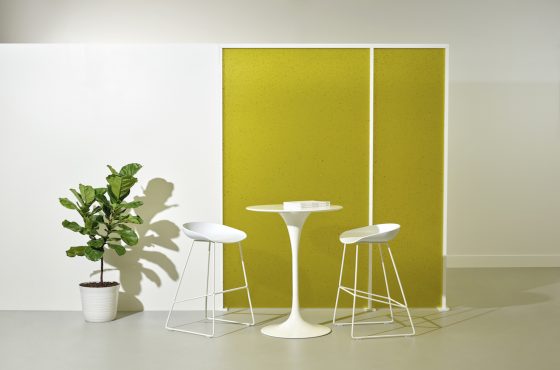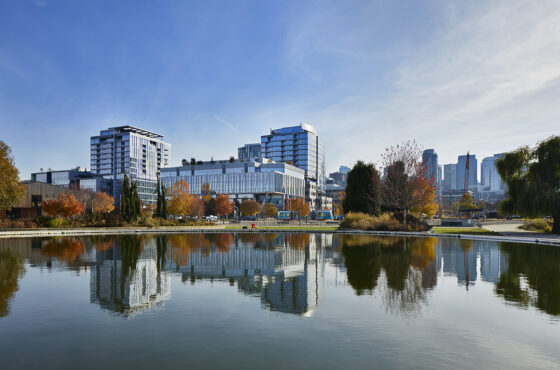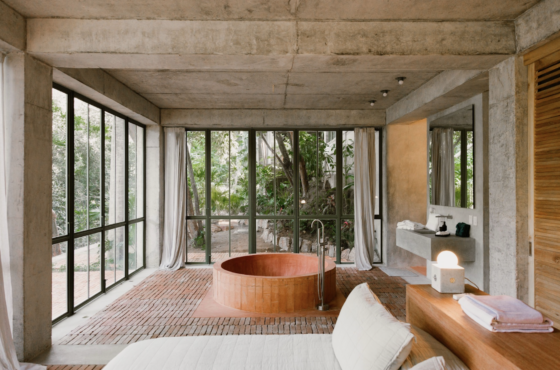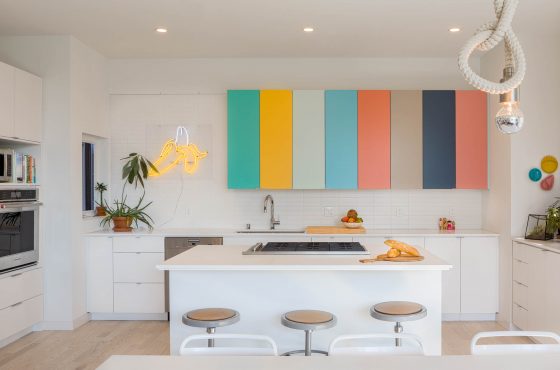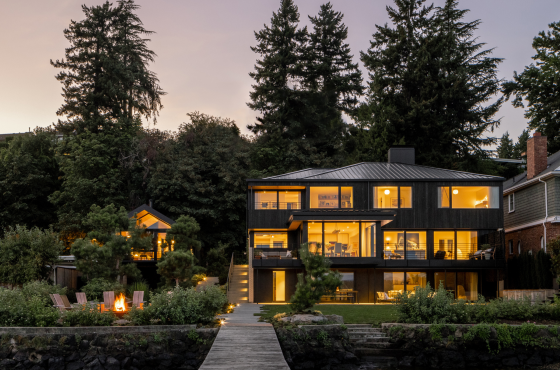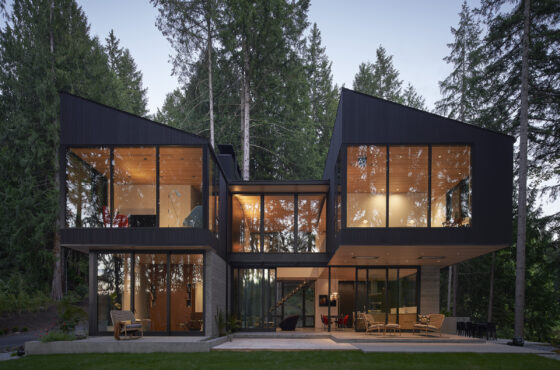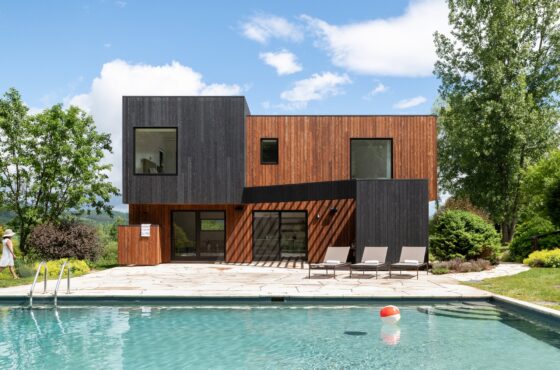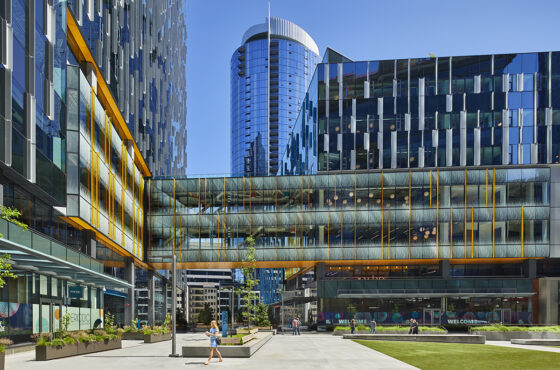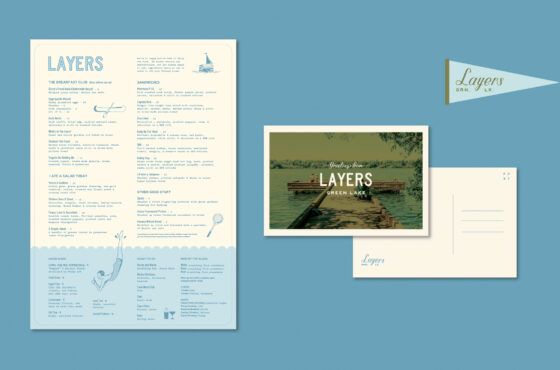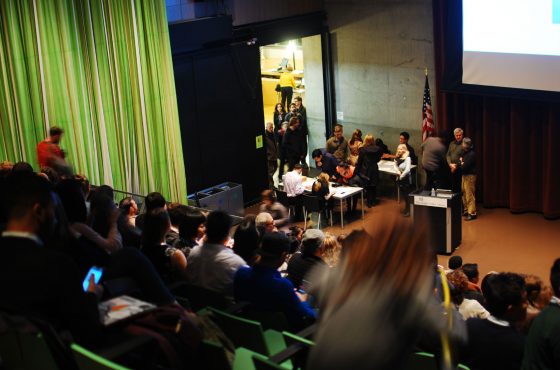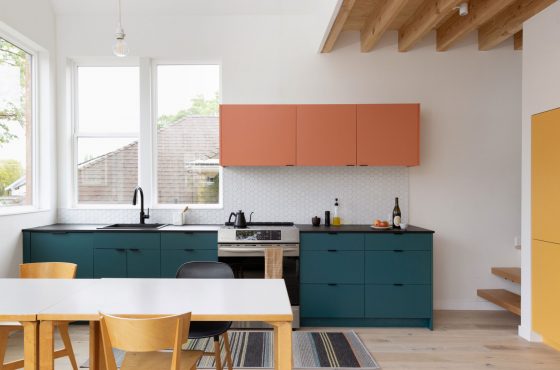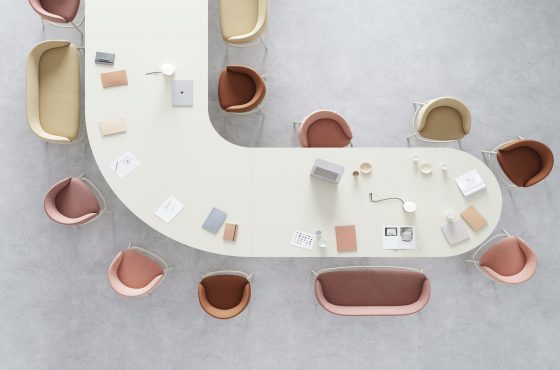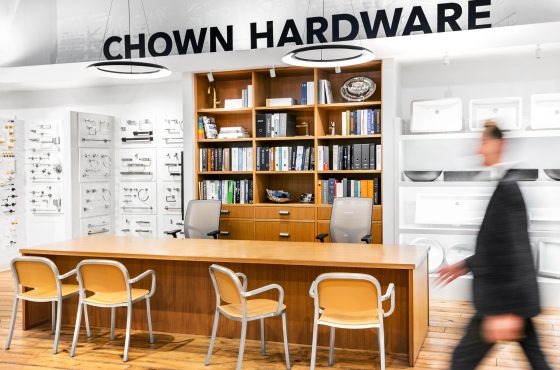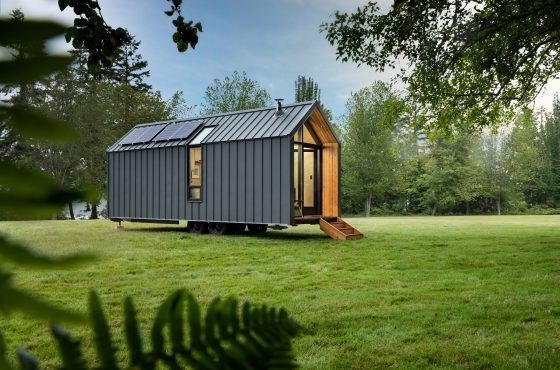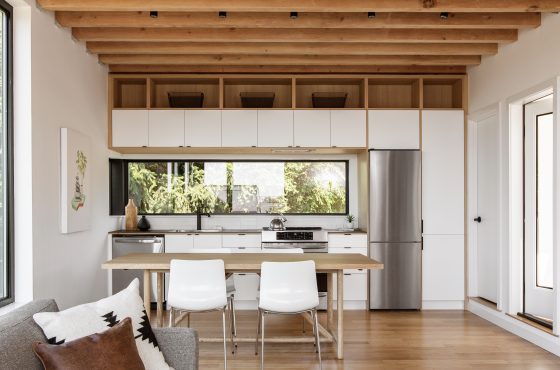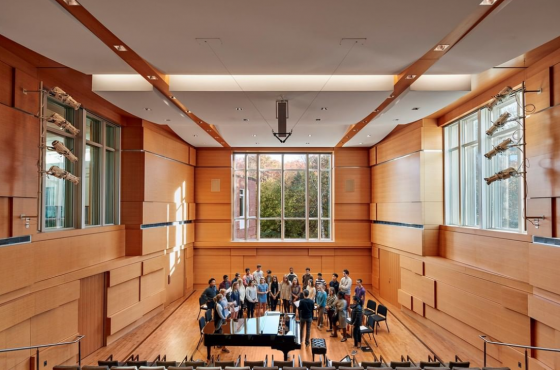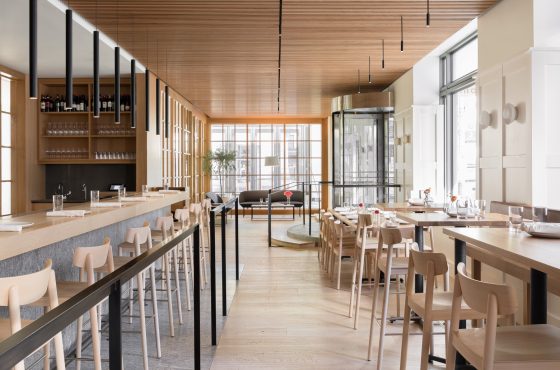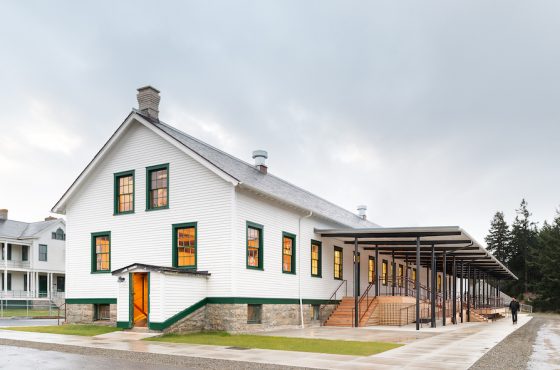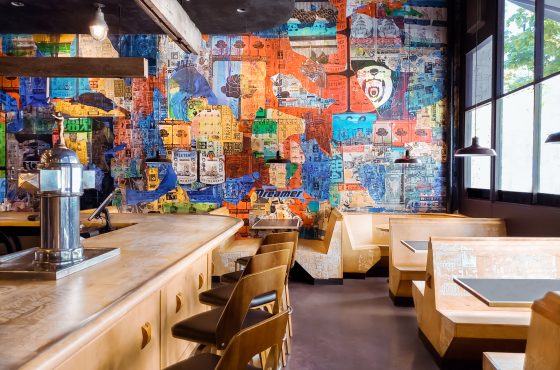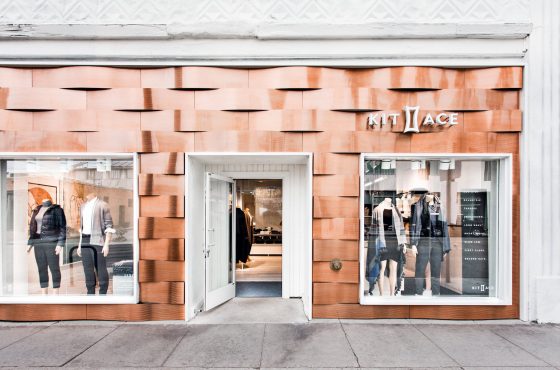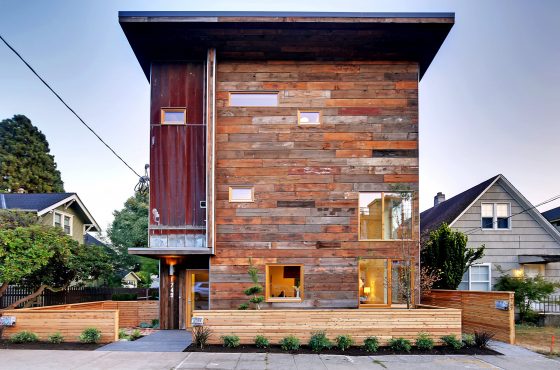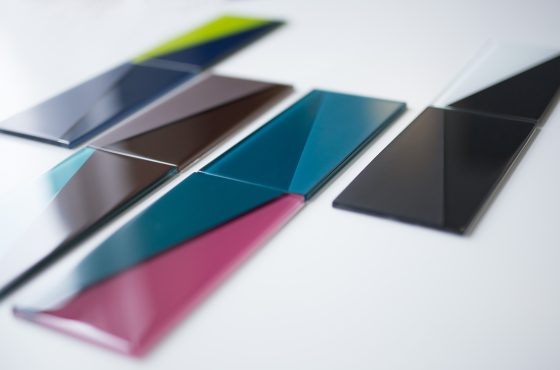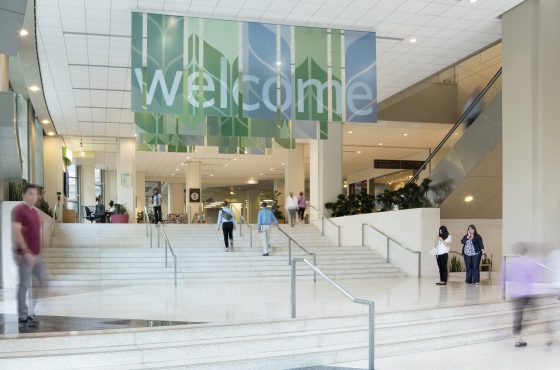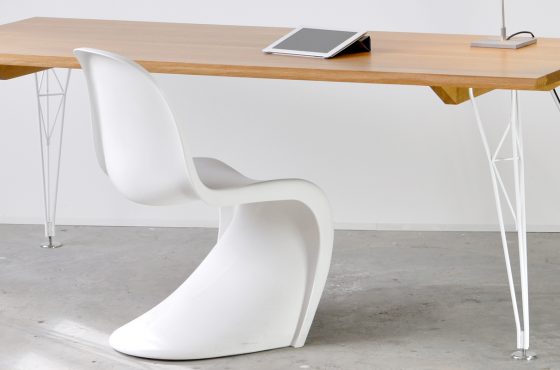A Seattle-based architecture firm has offset 16,679 tons of carbon and counting. The firm, Miller Hull, has focused on sustainability and environmentally-friendly policies since its founding. Its achievement was possible through the firm’s EMission Zero program. This program seeks to eliminate greenhouse gases in the built environment. And so far, the program seems to be a huge success. It’s time to breathe a little easier.
Miller Hull, known for award-winning sustainable designs, launched EMission Zero in 2021. The building industry is responsible for about 40% of all global greenhouse gas emissions. EMission Zero wants to fix that.

The program addresses problems from multiple angles. One of these angles is regenerative design. Regenerative design means creating buildings styled for energy performance, water efficiency and sustainability. The goal is to reduce emissions and mitigate climate change’s impact.

Meanwhile, Miller Hull has also purchased Green-E certified carbon offsets to cover the emissions created by each of its built projects. Last year, Miller Hull fulfilled this by purchasing offset embodied carbon emissions for seven projects. This included a new U.S. Embassy building, the Santa Monica City Yards Fleet Building and a facility at the University of California Santa Cruz.

Miller Hull also looks for ways to reduce emissions along the supply chain. Since 2006, the firm has made an annual purchase of carbon offsets that are equivalent to their operational emissions. Miller Hull calculates the embodied carbon emissions for every project it designs.

David Miller and Robert Hull founded Miller Hull in 1977. Both architects were inspired by the natural beauty in the Pacific Northwest. The firm was designing solar buildings in the early 1980s, far ahead of the curve when it comes to sustainable design. The firm’s EMission Zero project centers sustainable design along with education, advocacy and offsetting. These principles guide the program.
Images via Miller Hull
